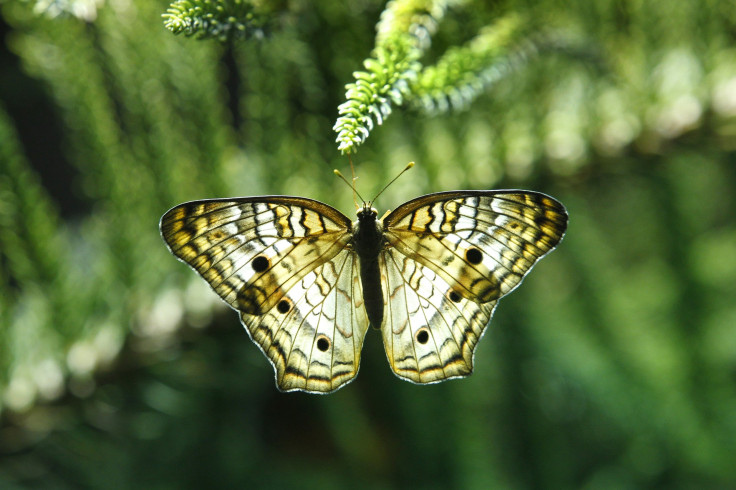Lighter-Shaded Butterflies And Dragonflies Adapt Better To Warming European Climate

Across Europe, light-hued butterflies and dragonflies adapt better to a gradually warming continent compared to their darker-shaded counterparts, according to a new study by scientists from Imperial College London, Philipps-University of Marburg in Germany and University of Copenhagen in Denmark.
The scientists said in the study, recently published in Nature Communications, that the color of the insects’ bodies plays a key role in how they absorb energy from the sun, and is crucial in fuelling their flight as well as regulating their body temperature. And, the ability to withstand warmer climate also gives the lighter-colored insects a competitive advantage over darker insects in the face of climate change, the study found.
“We now know that lighter-colored butterflies and dragonflies are doing better in a warmer world, and we have also demonstrated that the effects of climate change on where species live are not something of the future, but that nature and its ecosystems are changing as we speak,” Carsten Rahbek of the Department of Life Sciences at Imperial College London and the study’s co-author, said in a statement.
According to the scientists, dark-colored insects can absorb more sunlight than their lighter-colored counterparts to increase their body temperature, and are more likely to thrive in cooler climates. In contrast, lighter-colored insects are more likely to be found in hotter climates as they can reflect the light to prevent overheating their body and remain active for longer periods of time.
As part of the study, the scientists examined 366 butterfly species and 107 dragonfly species across Europe and showed that lighter-colored insects dominate the warmer south of Europe while darker insects dominate the cooler north.
Over the past two decades scientists have observed that several Mediterranean dragonfly species, such as the Southern Migrant Hawker and the Dainty Damselfly, have expanded their northern range and immigrated to Germany. Similarly, Mediterranean butterfly species like the Southern Small White have dispersed to Germany during the last 10 years and are still continuing their northward shift.
To verify whether a warming climate had caused any shifts among the insects, scientists looked at changes in distributions of the species over an 18-year period from 1988 to 2006. The results showed that on average insects were becoming lighter in color, and that dark-colored insects were shifting toward cooler areas in Western Europe, the Alps and the Balkans.
© Copyright IBTimes 2024. All rights reserved.






















